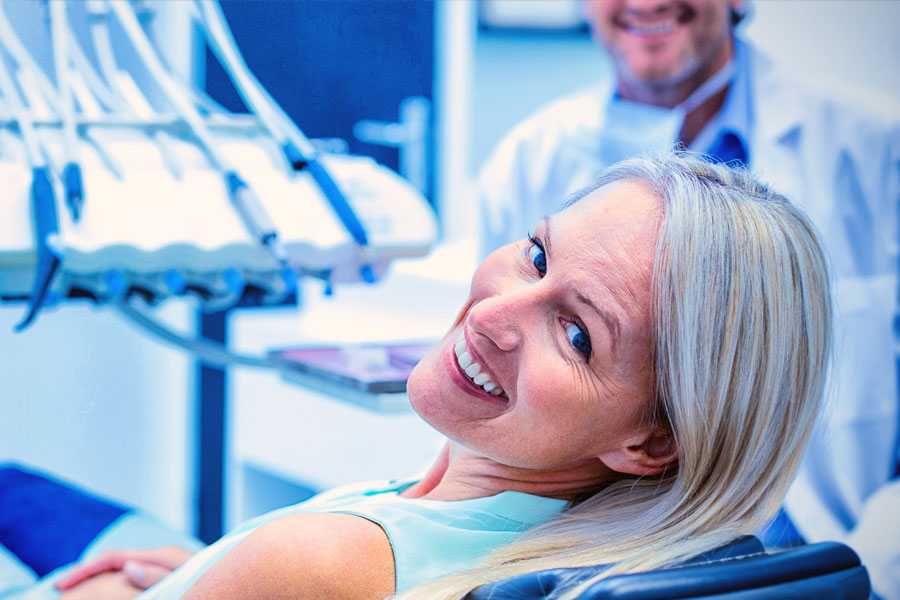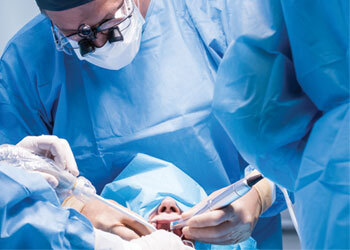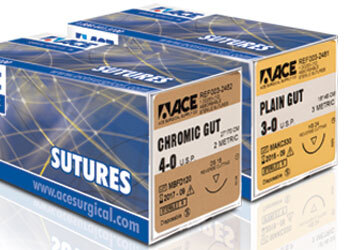Your Patient is the Ultimate Driver of Bone Repair

Patients of all ages, lifestyles and health conditions can be in need of bone grafting material. Using them helps prevent long-term problems associated with tooth loss, gum disease, and provides sufficient bone to support a dental implant. Aside from the procedure being performed, it’s critical to consider the patients when choosing grafting materials. Grafting procedures are designed to aid in the natural repair process (link to article 1), so how well the procedure will work and how the body responds depend on the patient themselves. While you may prefer certain bone grafting products, or combinations of them, you must choose the ones that are best for your patient. There is an average remodeling time frame, but the patient will ultimately determine how long that bone remodeling time is.
The following factors can impact the bone remodeling time for patients:
- Patient demographics such as age and gender are important. Bone mass density decreases with aging. The onset of menopause may be an impact for bone resorption that you can’t overlook.
- Tobacco use impedes wound healing by adversely impacting mesenchymal tissue. This tissue provides the foundation for bone repair. Watch out for avascular necrosis (AVN), a condition in which bone begins to die due to too few or clogged blood vessels.
- The abuse of drugs such as opiates, cannabis, amphetamines, etc. can lead to poor oral health, creating an unhealthy environment for healing due to increased prevalence of dental and periodontal disease.
- Alcohol abuse may inhibit osteoclast activity - an essential driver of bone remodeling - reducing bone quality and delaying repair.
- Anti-inflammatory medications, such as NSAIDS, can interfere with the inflammation step that occurs as a natural stage in bone repair. NSAID use is common among patients with arthritis.
- Depression and other mental health struggles are commonly treated using SSRI medications. These may activate the serotonin receptors found in osteocytes, osteoblasts and osteoclasts, altering their function and having a negative effect on osseointegration.
- Other treatments such as radiation therapy can damage osteoclasts reducing bone quality.
Patient comorbidities can also delay the healing process as they interfere with bone restoration. Diseases such as diabetes, hypothyroidism, anemia, osteoporosis, vascular disease, obesity, chronic inflammation can all affect angiogenesis. Diabetic patients in particular have an increased risk of periodontal disease, a greater loss of alveolar bone and may have more post-operative complications.
Your patient requires consideration when selecting bone grafting products that maximize the likelihood of a successful outcome. They have natural bone surrounding a defect which supplies growth factors to the site. With the right grafting material, the mechanisms of bone repair - osteoconductive, osteoinductive, and osteogenic - can heal with fewer complications.
Be aware of the potential patient problems that can affect your next steps. Whether your patient is a smoker, suffers from depression, or is recovering from cancer, there are crucial considerations to ensure the best individual outcomes.
Thomas E. Uveges, PhD is the Vice President of Biologics, ACE SOUTHERN in Brockton, Massachusetts. He received his PhD in Cell Biology from the University of Cincinnati in 2002. He then completed a fellowship at the National Institutes of Health focusing on bone biology in 2007. After his fellowship, Dr. Uveges moved into industry where he has spent over 10 years developing products for use in bone biology research and in regenerative medicine. He has worked in a wide array of therapeutic areas including orthopedics, sports medicine, wound care and dentistry.



